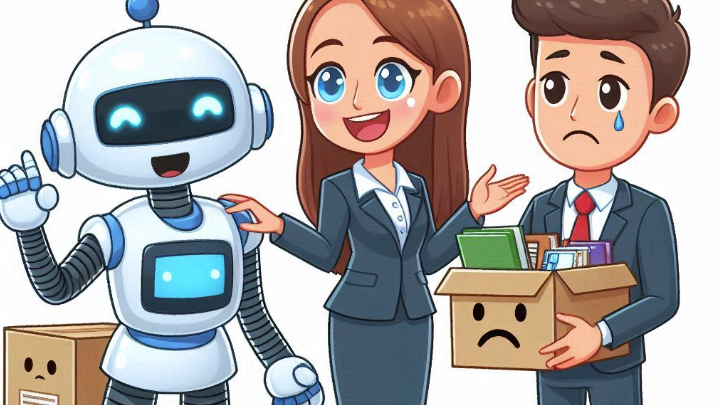We’ve all heard the headline: “AI will take your job.” But that’s not the full picture.
As an expert Microsoft consultant working across a wide range of industries and solutions, I’ve seen a different trend emerging: AI isn’t replacing people. It’s amplifying those who know how to use it.
AI is accelerating productivity, creativity, and time to value across teams. But only for those who choose to embrace it.
It’s a productivity tool, like electricity, the internet and the cloud before it.
Real Examples of AI in Action
Marketing Teams
A marketing company with 10 content writers was initially concerned AI would replace their roles. Instead, AI became the tool that unlocked new creative possibilities.
In the past, personalised content meant showing a different product image to different users – a bike for one, a dress for another. Now, with AI, the same dress can be presented with tailored language for different demographics: bold and trendy for Gen Z, elegant and refined for professionals, playful and casual for young mums.
Writers began focusing on crafting high-quality prompts and creative directions. They could spin up ten variations of the same campaign in a fraction of the time. What used to take a week can now be done in a few hours. They still proof, refine, and curate the content—but the manual workload is reduced, and their strategic impact is elevated. Time to value has never been faster.
Business Analysts
Analysts who once spent hours manually reviewing forms and creating reports now use Power Automate and AI Builder to summarize data, detect sentiment, and kick off workflows automatically. Rather than replace the analyst, AI enables them to scale their impact and focus on higher-value tasks like interpreting trends and advising stakeholders.
Sales & Pre-Sales Teams
Instead of starting from scratch, sales and pre-sales professionals now use Copilot in PowerPoint and Word to auto-draft pitch decks and proposals based on CRM data, meeting notes, and past materials. The energy once spent on formatting and rewriting is now spent on tailoring the message, refining the story, and practicing delivery.
AI Is the Next Productivity Revolution
AI is a tool—just like electricity, the internet, and the smartphone once were. Those tools didn’t replace jobs. They changed how we work, accelerated what was possible, and created new opportunities. AI is no different.
What matters now is learning how to:
- Prompt effectively: Ask better questions, get better answers
- Curate output: Refine and adjust to meet quality standards
- Spot opportunities: Find parts of your job AI can assist with
- Work faster: Compress cycles and deliver faster value
The Bottom Line
AI won’t take your job. But someone who knows how to use it might.
This is not about becoming a technical expert. It’s about being open to change, staying curious, and working smarter.
The future of work is collaborative—between humans and AI.


Leave a Reply